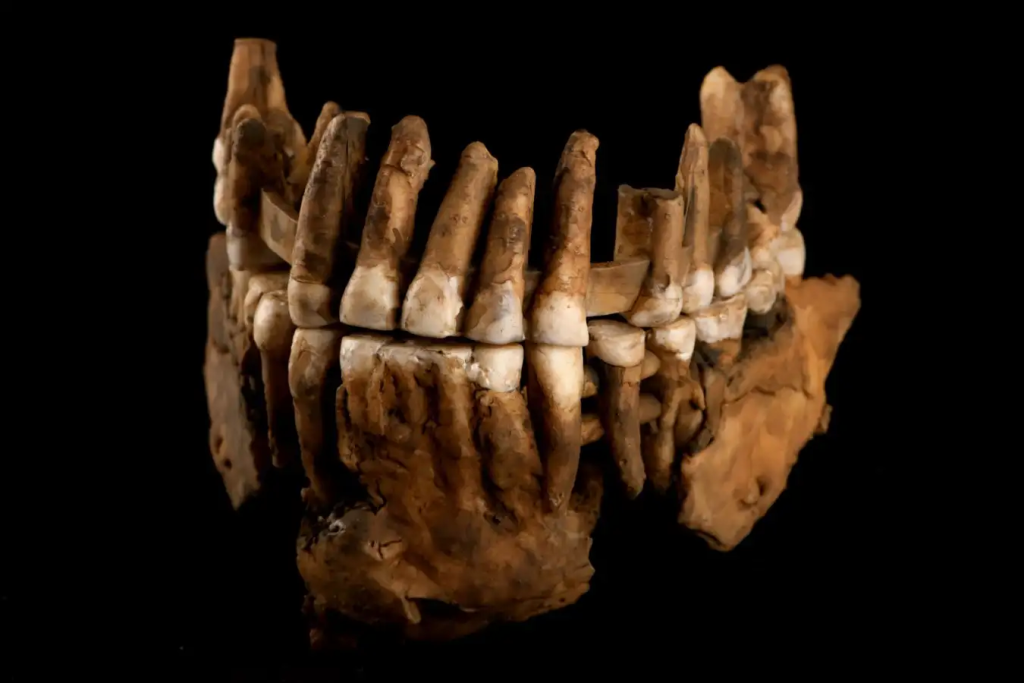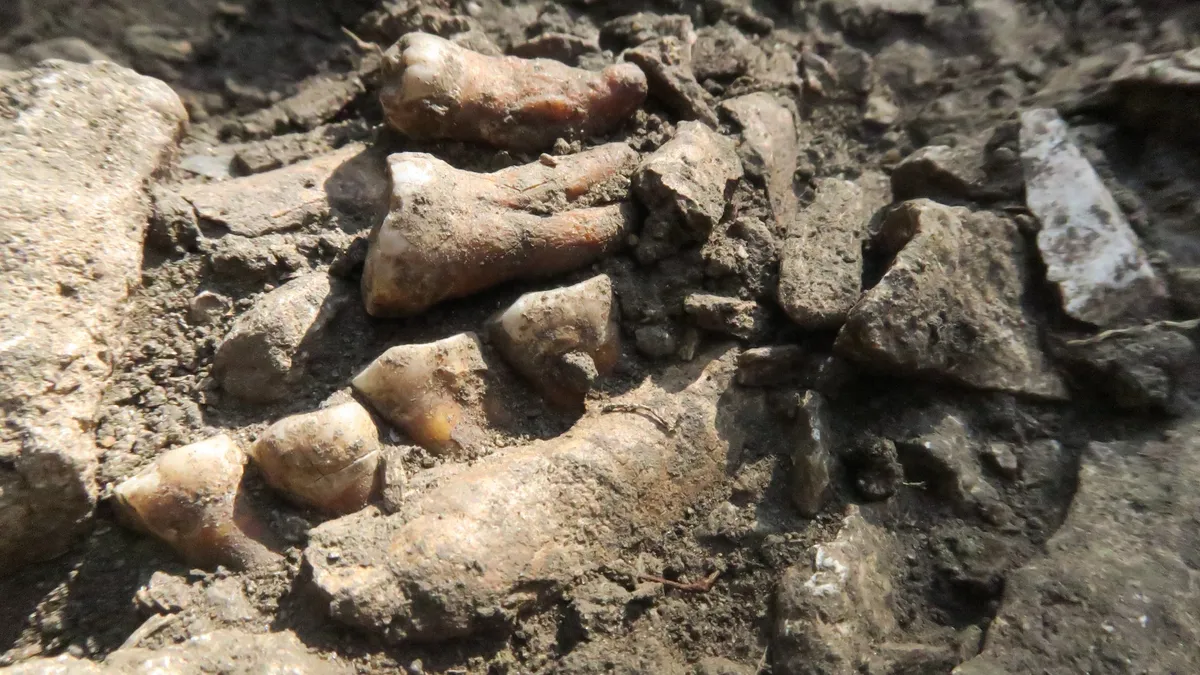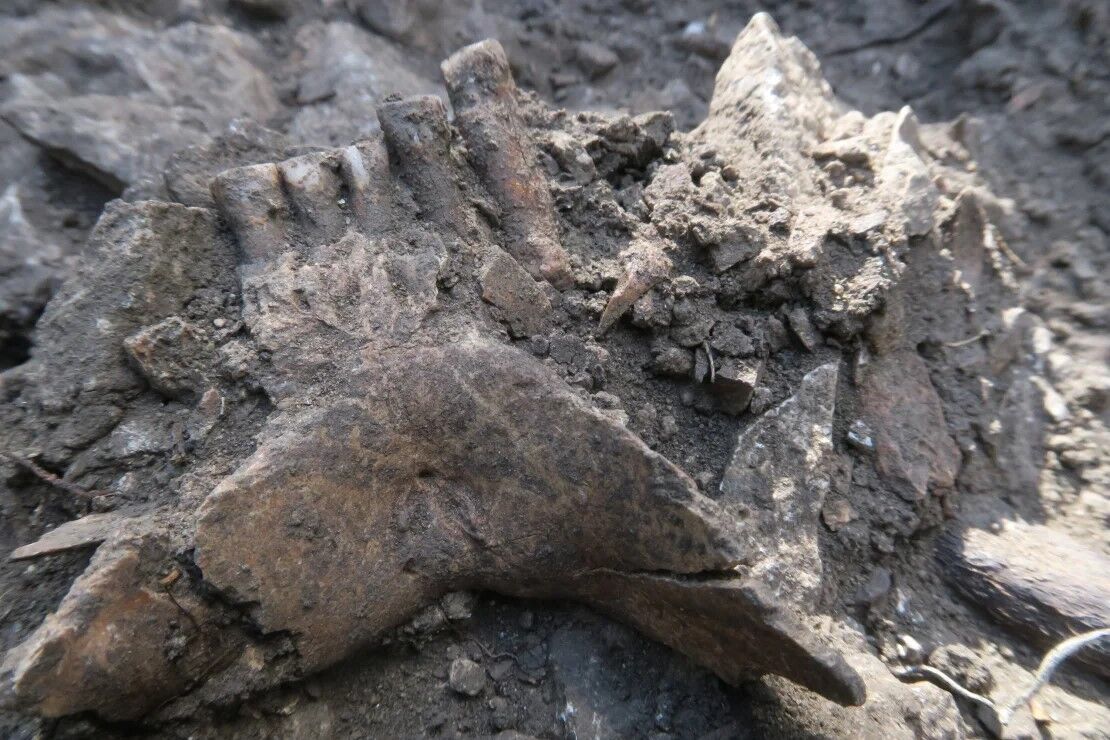News
The 10-year mystery solved: scientists find out why the mysterious Thorin and other Neanderthals disappeared
Scientists have discovered an unknown genome sequence that reveals a new genus of Neanderthals and could potentially explain the extinction patterns of ancient humans. It is about unraveling the remains of an ancient man named "Thorin" in honor of J.R.R. Tolkien's character in "The Hobbit."
When archaeologist Ludovic Slimak discovered five teeth in a rocky cache in the Rhone Valley in France in 2015, it was immediately apparent that they belonged to a Neanderthal. However, for nearly a decade, the remains were shrouded in mystery until scientists finally unraveled their significance, CNN reports.
"We faced a serious problem. Geneticists were sure that the Neanderthal we called Thorin was 105,000 years old. But we knew from the archaeological context of the sample that he was between 40,000 and 50,000 years old. What the DNA suggested was not consistent with what we saw," said Ludovic Slimak, a researcher at the National Center for Scientific Research in France and Paul Sabatier University in Toulouse.
To piece together the story of the mysterious Neanderthal, a team of scientists has been working for almost 10 years. During this time, they managed to unearth some more of Thorin's remains – 31 teeth, part of a jaw, and five finger bones were found.
To understand the origin and confirm the age of this man, the team analyzed chemical isotopes in his bones and teeth, and scientists have added a new chapter to the long-standing mystery of why ancient people disappeared about 40,000 years ago.
The researchers found that Thorin belonged to a lineage or group of Neanderthals that had been isolated from other groups for approximately 50,000 years. This genetic isolation was the reason why this man's DNA seemed to come from an earlier period than it did.
Until now, geneticists believed that there was a single population of Neanderthals that was genetically homogeneous at the time of extinction. But the new study shows that there were at least two populations in Western Europe – they lived close to each other.
"The Thorin population lived for 50,000 years without exchanging genes with other Neanderthal populations. So we have 50 millennia during which two populations of Neanderthals living about ten days' walk from each other coexisted, completely ignoring each other," Slimak said.
The scientist added that the discovery suggests that Neanderthal communities were small and insular. And these are the factors that may be key to understanding their extinction. Because isolation is generally considered an evolutionary disadvantage.
According to Ludovic Slimak, the extinction of Neanderthals occurred around the same time as the arrival of Homo sapiens to Europe. The DNA of Homo sapiens fossils from that time shows that these early arrivals interbred with Neanderthals – traces of these encounters remain in modern human populations. However, no relevant genetic evidence of this interbreeding has been found in Neanderthal fossils, including Thorin's remains.
Therefore, scientists emphasize that the model of small populations isolated culturally and genetically from each other was probably the main factor in the extinction of Neanderthals.
Only verified information is available on the OBOZ.UA Telegram channel and Viber. Do not fall for fakes!
































